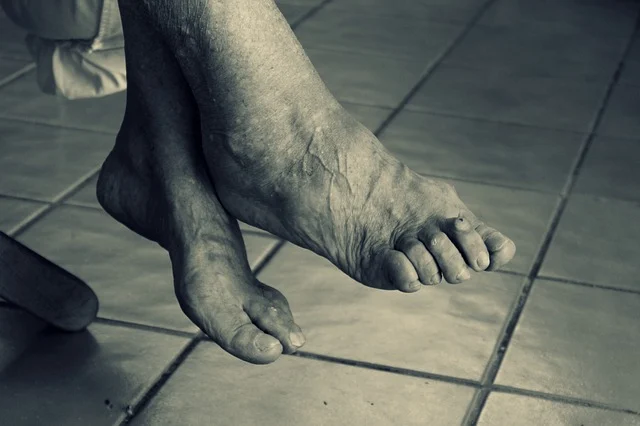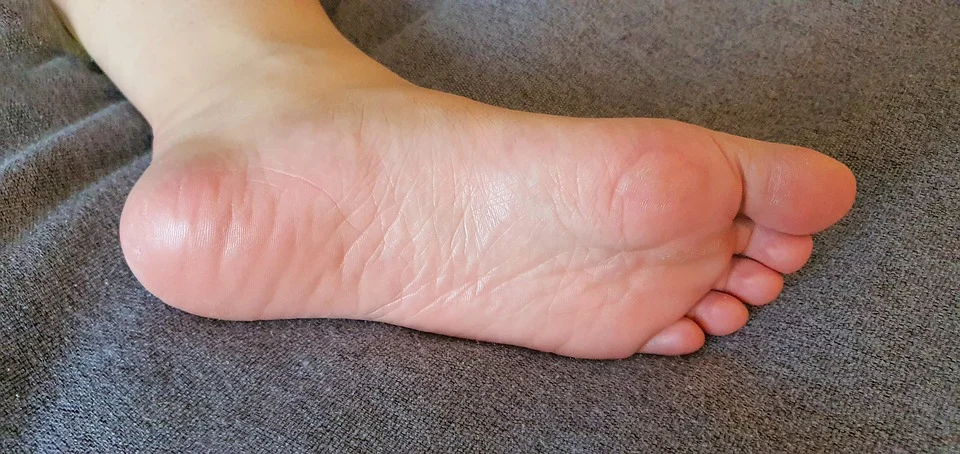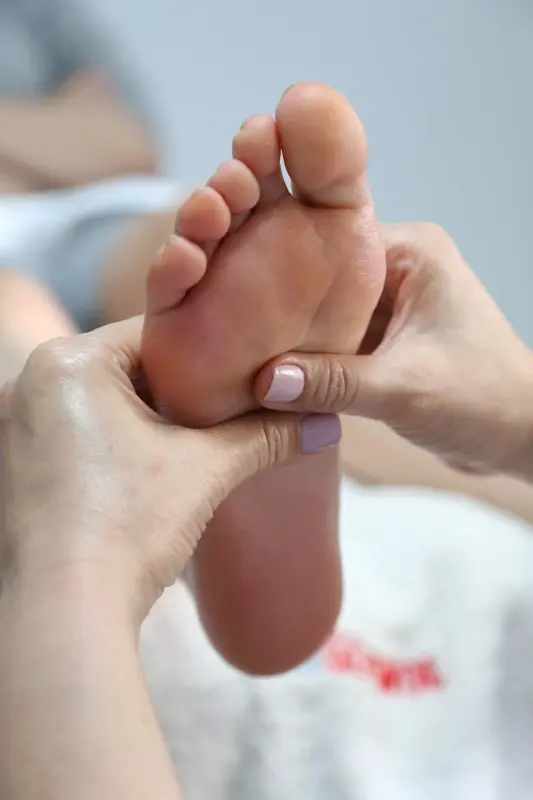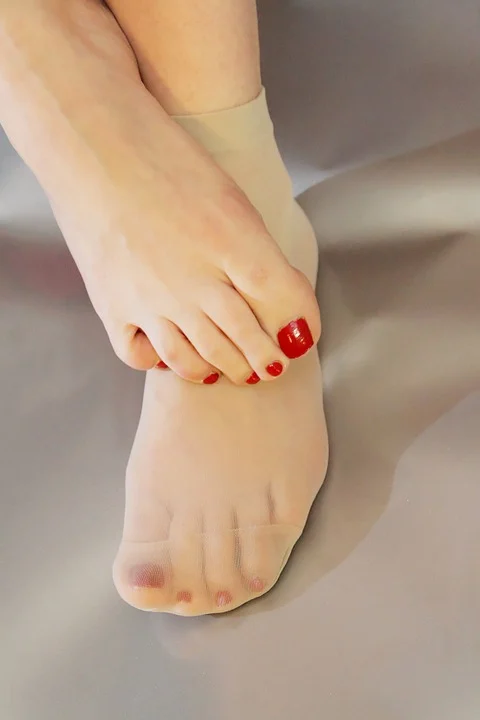Metro Brands Unveils Flagship Brand BioFoot in India

With an aim to increase awareness about the health and wellness of one’s feet. The store offers a best-in-class curated range of experiences, services, and products to provide solutions for foot-related ailments.
Posted by on 1970-01-01
Ankylosing Spondylitis: Remission and Treatment
:max_bytes(150000):strip_icc()/default-vw-health-5a78863fa9d4f90036f2e9c1.png)
It's impossible to undo the harm caused by ankylosing spondylitis, but with treatment, you can ease symptoms and enter remission.
Posted by on 1970-01-01
Suffer From Sore Feet? You Might Have Plantar Fasciitis

Feeling sharp pain in your heels or an ache on the bottom of your foot? Then you may be suffering from plantar fasciosis.
Posted by on 2023-02-24
Ankylosing Spondylitis and Heel Pain
:max_bytes(150000):strip_icc()/heel-pain-GettyImages-1194077382-ee6b53512e244a3ab3574cd702b91e0e.jpg)
Many different things can cause heel pain, including ankylosing spondylitis in rare instances. Read more about the symptoms of this condition and when to see a healthcare provider.
Posted by on 1970-01-01



